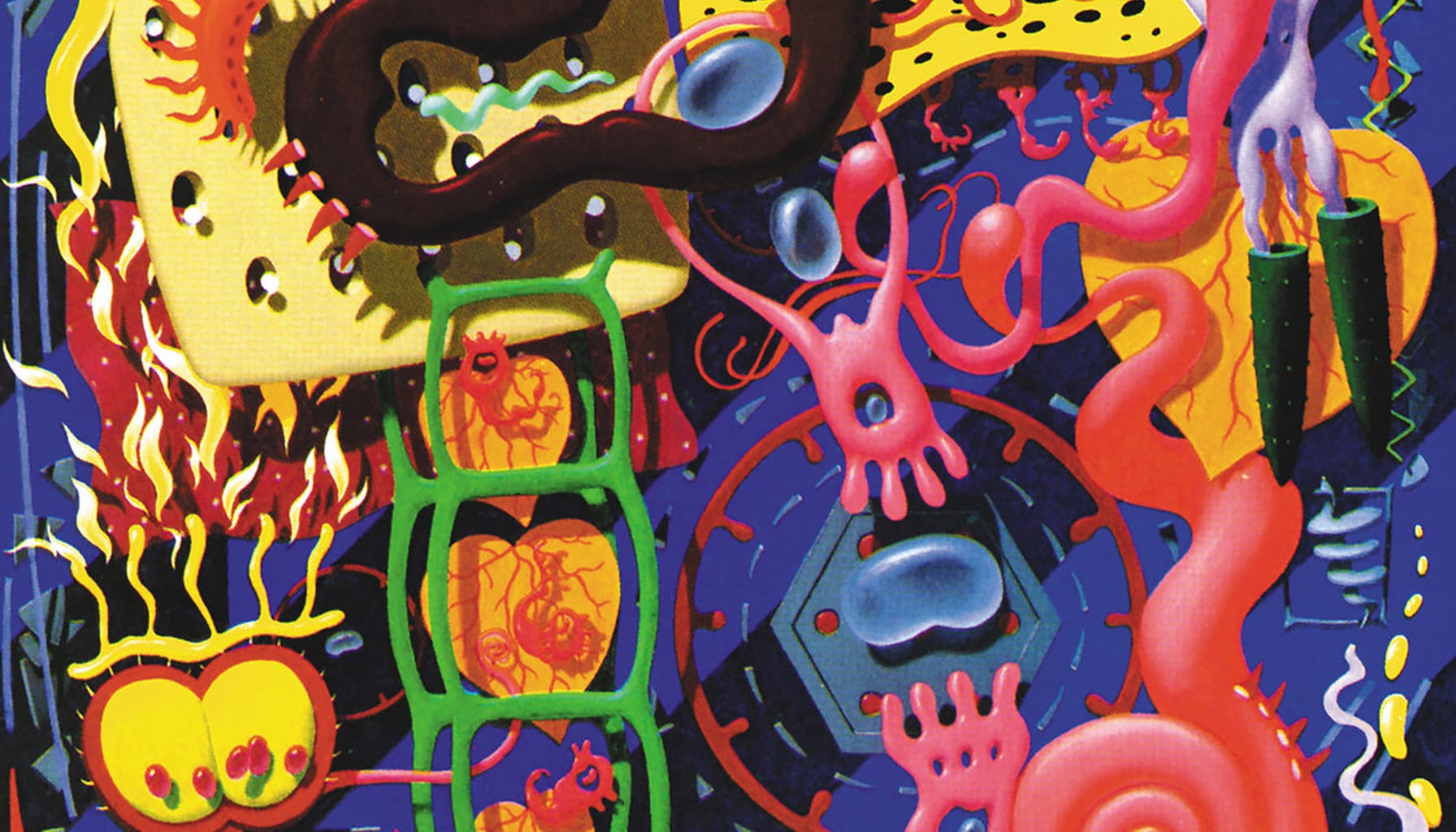Blindspotting: Orbital, "In Sides"
Fixing musical blind spots, one album at a time

The Legacy: Phil and Paul Hartnoll were already leading lights of British EDM when they entered the studio to record their fourth album; if anything, the pressure to deliver a solid set of songs must have been greater than ever, given the amount of attention they received after their headlining set at Glastonbury in 1994. But instead of playing it safe, they used their expanding industry clout to go big with In Sides, whose title is a nod to the fact that initial pressings spread a six-song track listing across a three-LP vinyl box. Without abandoning their electronic aesthetic, they started moving away from rave music, toying with tempo and placing more emphasis on melody — and their audience loved it, sending the album to No. 5 in the duo's native U.K. and giving Orbital their biggest hit single to date with "The Box."
First Impressions: I was dragged to more raves than I care to count in the late '90s, and most of what I remember entails being stone cold sober while a bunch of blissed-out weirdos — some of whom were absolutely my close friends — danced to hours and hours of droning techno, all of which might as well have been the same song as far as I could tell. All of this serves to explain why I had zero interest in listening to anything by Orbital or the Orb or any other DJ-friendly act, but that was many years ago, and time heals all wounds, so I figured I might as well dive into one of the most rapturously reviewed records in the genre and see if I could finally hear what all the fuss was about.
Long story short: I still don't hear it. I'm not inclined to roll my eyes the way I'm sure I would have in 1996 — in fact, I've been listening to In Sides all day, and have found it to be perfectly enjoyable company — but it's very hard for me to understand what makes this better, worse, or whatsoever different from any other techno record from the era. There are apparently stories behind these songs, some of which involve Orbital being inspired by or trying to comment on serious social issues of the day, but I'll be damned if any of this is audible; as far as I can tell, the nine-track version of In Sides that's on streaming services (including their better-than-the-movie title track for the soundtrack to Val Kilmer's ill-fated The Saint) isn't much more than 75 minutes of entertaining background music. You can write to it! You can clean house to it! You can work out to it! You can probably also dance to it, although I haven't tried!
To be perfectly clear, this is not me mocking EDM fans or ravers, although again, I would have been absolutely willing to do this in the '90s. I'm just utterly mystified as to what makes this a classic of its genre. While I would happily listen to it again under a variety of circumstances, it doesn't make me feel anything; at best, these songs are lightly evocative of a handful of emotions, none of which have to do with environmental disasters or war in Yugoslavia.
This should go without saying, but my relative indifference isn't an argument against the value of the music, it's just me being honest about what I can and can't hear. I'm genuinely curious as to what would make a person respond more deeply to In Sides than they would to any other EDM record of the era, and I'm absolutely eager to get those takes and those stories. Consider this column a call to all aging ravers: Tell me what I'm missing!
Hidden Gems: The difference between floor and ceiling here is impressively minor, and it's also techno, so it's genuinely difficult for me to tell where I am while listening to In Sides if I'm not staring directly at the track listing. I'm not even sure whether it should count as a "hidden gem," given that it was part of a movie soundtrack, but since so few people bothered to watch the movie in question, I suppose I'll cop out and go with "The Saint."
